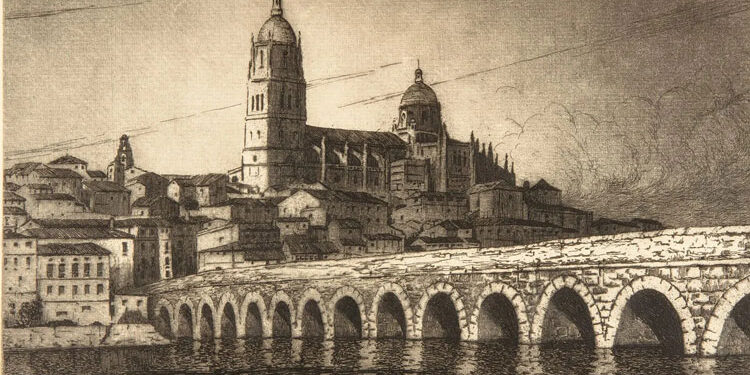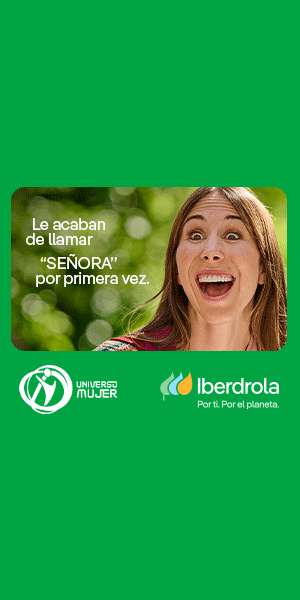From tomorrow until the next 18 May, the Real Academia de Bellas Artes de San Fernando, together with the City of Madrid, presents the exhibition Aguafortistas, organized by the National Calcography.
Attracted by the practice of etching, artists of the last third of the 19th century and first quarter of the 20th century inaugurated a new era for the print. The exhibition Aguafortistas, made up of 66 highly representative works by outstanding painters-engravers, responds to the efforts of the National Engraving Society to broaden the knowledge of its collections, disseminate the art of engraving and, Specifically, for showing an important chapter in the history of Spanish printing at the turn of the century.
The academic engraving in sweet carving lost its hegemony from the second half of the nineteenth century as a reproduction procedure to the push and advance of lithography, woodcut and photography.
The resurgence of etching revealed the weakness of the burin to reproduce paintings. In the 1870s, interpretation engraving was imposed, which assumed a greater distance from the painting and sought pictorial effects adapting the color spots to the plastic resources provided by the etching. The exact copy of the painting was no longer sought, which avoided direct competition with photography. The main figures of this movement were Ricardo de los Ríos and, above all, Bartolomé Maura, promoter of the society of artists who published the collection of prints entitled El grabador al aguafuerte.
The Belgian landscape designer Carlos de Haes played a decisive role in the spread of the creation’s etching in Spain. The union of landscape and etching was one of the constants of Spanish engraving in the last third of the nineteenth century, in which Haes himself and his disciples Agustín Lhardy, Juan Espina and Tomás Campuzano stood out.







